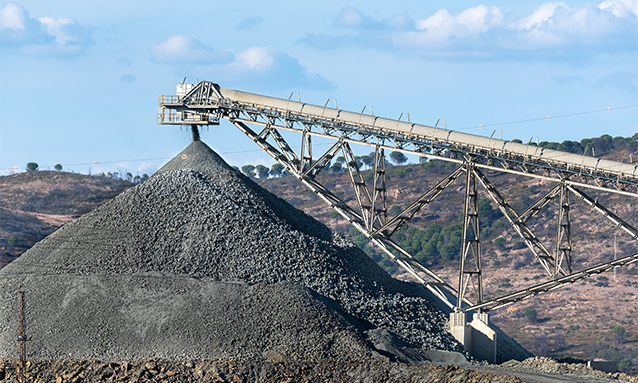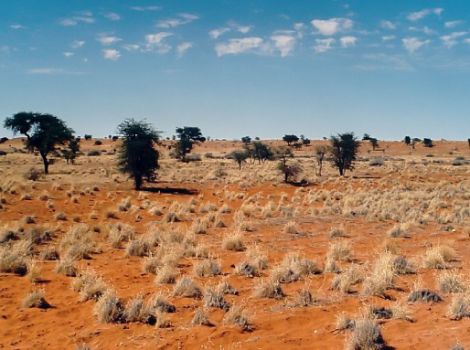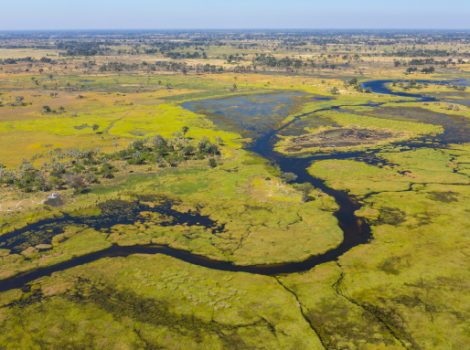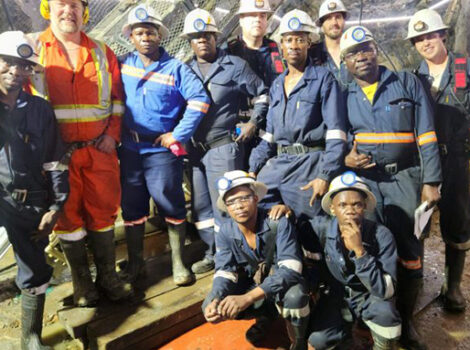
15 July 2024
Botala Energy Ltd. has revised up the best resource estimate for its Serowe Coal Bed Methane (CBM) Project in Botswana by 42 percent to 454 billion cubic feet (Bcf). The previous 2C figure was 317 Bcf. It was adjusted after the latest independent recertification by Calgary, Canada-based Sproule.
The new low-estimate figure is 363 Bcf, while the best estimate has been pegged at 544 Bcf, Australia-listed Botala said in a regulatory disclosure.
“This increase is a result of extensive exploration and improved mapping techniques that have enhanced the understanding of the CBM potential in Botswana in terms of CBM presence and potential gas flow rates”, the CBM exploration and production company said.
Six additional wells have been drilled since August 2022.
“These include a 5-spot pattern near the Serowe 3-1 well and step-out wells Serowe-6 and 7”, Botala said in the filing with the Australian Securities Exchange.
“The drilling confirmed the presence of significant coal intervals with free gas in all wells.”
For prospective resources, the best estimate figure has been set at 7,112 Bcf. The low estimate is 5,334 Bcf while the high estimate is 8,890 Bcf. To convert these prospective figures into contingent resources, Botala needs to conduct further testing. It also needs additional financing and the receipt of government and regulatory approvals, as well as conducive conditions to market future gas, the company said.
Botala highlighted that the resource upgrade comes at an opportune time amid a looming energy shortage in Southern Africa.
“The strategic location and the substantial increase in 2C contingent resources place Botala in an excellent position to contribute significantly to gas and general energy security in Botswana and Southern Africa”, it said.
“Southern Africa is facing a looming gas shortfall crisis from early 2026 onwards” Botala added.
“This stems from a combination of depleting gas reserves and increasing demand across the region.
“Key existing suppliers, such as Sasol, have publicly announced they will have to cease supply to traders and industrial users by mid-2026 due to: depletion of their gas reserves in Mozambique; strategic shift to retain more gas output for their own operations.”
Botala said it aims to supply most, if not all, of the government’s target of 100 megawatts (MW) of electricity from CBM sources.
Besides coal-bed methane, there are no proven reserves of other fossil fuels in Botswana, according to the Botswana Energy Regulatory Authority (BERA). BERA estimates that the nation holds over 200 billion tons of coal reserves.
Ten to 100 MW of CBM power is targeted to be achieved by 2025, besides 300 MW from coal by 2026, according to BERA’s “Integrated Resource Plan for Electricity for Botswana”, published October 2020.
“The energy demand in southern Africa has been growing steadily, driven by economic development and population growth”, Botala said.
“Botswana, in particular, faces significant challenges in ensuring reliable electricity supply, which has been impacted by declining production from Eskom and the SAPP grid.”
It was referring to South Africa’s state-owned grid operator, which is struggling to maintain power supply at home, and the Southern African Power Pool.
“Over the past 15 years, the reliability of electricity production by Eskom and the Southern African Power Pool grid has significantly declined, primarily due to mismanagement, ageing infrastructure, and insufficient maintenance,” Botala said.
It further said,
“The key market entry points for Botala’s gas include local LNG consumption, power generation, industrial use, and customers within the Southern African Power Pool”.
“The regional market for natural gas is substantial, with significant demand in power generation and industrial sectors,” Botala added.



